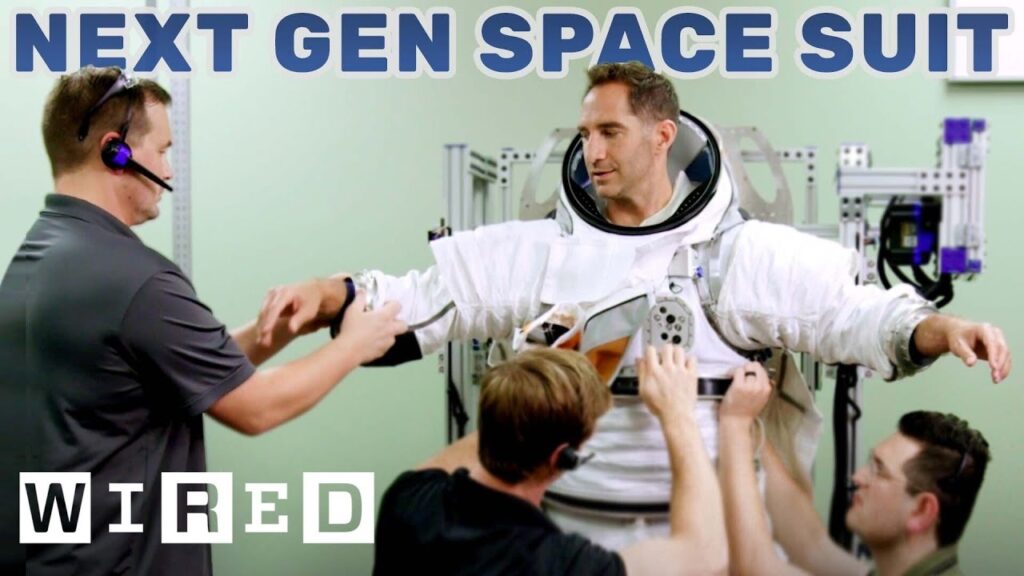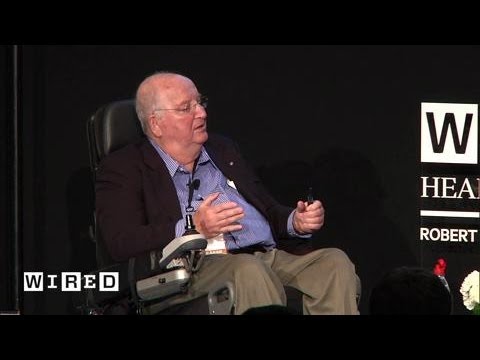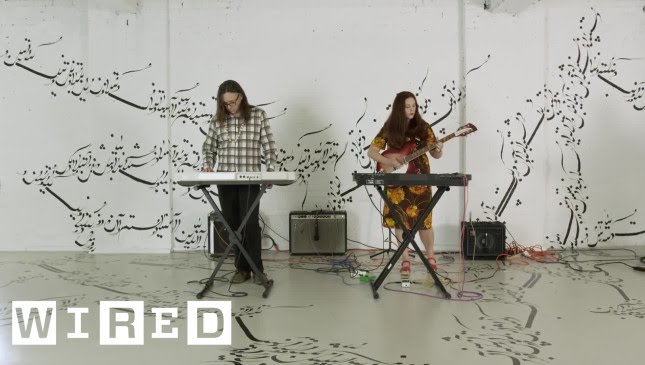How Did the New RoboCop Film Achieve Realism in the Suit?
Summary
In the new RoboCop film, the producers faced the challenge of creating a suit that would be realistic, despite the character being partially lost to blown bits. To achieve this authenticity, Joel Kinnaman, the actor behind the character Alex Murph, wore an expensive physical suit. The advantages of this approach were reflected in the lighting references, reflections, the actor’s performance, consistency, and better reactions from other actors.
Table of Contents
- The problem with RoboCop’s suit
- The solution to achieve realism
- The advantages of wearing an expensive physical suit
- The impact of the physical suit’s presence on set
- Post-production adjustment: painting out unwanted sections
- Conclusion
The Problem with RoboCop’s Suit
In the new RoboCop film, the producers faced the challenge of presenting a character who’d lost portions of his body in a realistic way. They couldn’t just put Joel Kinnaman in a bulky suit, as the original 1987 movie did. They needed a solution to create a suit that would show digital and physical elements covered by the actor.
The Solution To Achieve Realism
The producers found a solution to create an authentic suit that captured the audience’s attention. The team at Framestore in the UK opted to have the actor wear a real, slim, and expensive physical suit. The costume was created with the character’s digital version in mind, allowing the team at Framestore to remove any sections that weren’t wanted.
The Advantages of Wearing an Expensive Physical Suit
The presence of the physical suit helped the performance and Joel’s acting choices. The actor’s movements were crucial to creating a robot-like motion, allowing the audience to engage with the character. The suit also provided the lighting and camera department with better references to work with. This approach ensured a consistency of performance that is essential to captivate audiences.
The Impact of the Physical Suit’s Presence on Set
Having a physical suit on set allowed the other actors to have something more realistic to react to. The director could frame shots according to the authentic physical presence of the character, allowing for a better performance from the cast, particularly when working with green or grey tracking suits. Joel Kinnaman’s movements in the suit also mimicked the intended movements of the digital character, which emphasised the importance of his performance.
Post-Production Adjustment: Painting Out Unwanted Sections
Despite the advantages of having a physical suit, some parts of the actor’s body still needed to be removed during post-production. In some shots, only the character’s face or chin was kept, with the rest of the body being altered digitally.
Conclusion
The RoboCop suit in the new film was a combination of digital and physical elements, created in a way that captured the audience’s attention. The decision to use an expensive physical suit on set was a wise one as it provided an important reference for lighting, camera departments and other actors. Joel’s performance in the suit added to the overall effect, creating a consistent and captivating performance. The use of post-production enabled the team to paint out unwanted sections that may have detracted from the final product.







